You are much more likely to deliver a baby via C-section today than even 20 years ago. In fact, the number of times the procedure was performed increased 60% from 1996 to 2009. In 2010, the Cesarean delivery rate was a whopping 32.8% of all U.S. births.
So we spoke to two experts on what to expect after a Cesarean birth: Helene Byrne, founder of BeFit-Mom, is a pre- and postnatal health and fitness expert and author of the award-winning DVD “Bounce Back Fast! Post Natal Core Conditioning” and the book “Exercise After Pregnancy: How to Look and Feel Your Best”; and Dr. Kecia Gaither is a maternal fetal medicine specialist and the director of perinatal outreach at Montefiore Medical Center and Albert Einstein College of Medicine, Bronx, NY.
Here’s what to know about C-sections:
It Hurts

Dr. Gaither says that one thing she’s noticed in her C-section patients is the unexpected ouch factor. “From a patient’s perspective,” she says, “they are going to have to contend with a lot of pain — the worst of it in the first three days after delivery. The way your abdominal muscles are used in getting up out of bed, walking, picking up your baby… all of these things will hurt for a while, and you won’t be fully healed for at least six weeks.”
Standing Seems Impossible
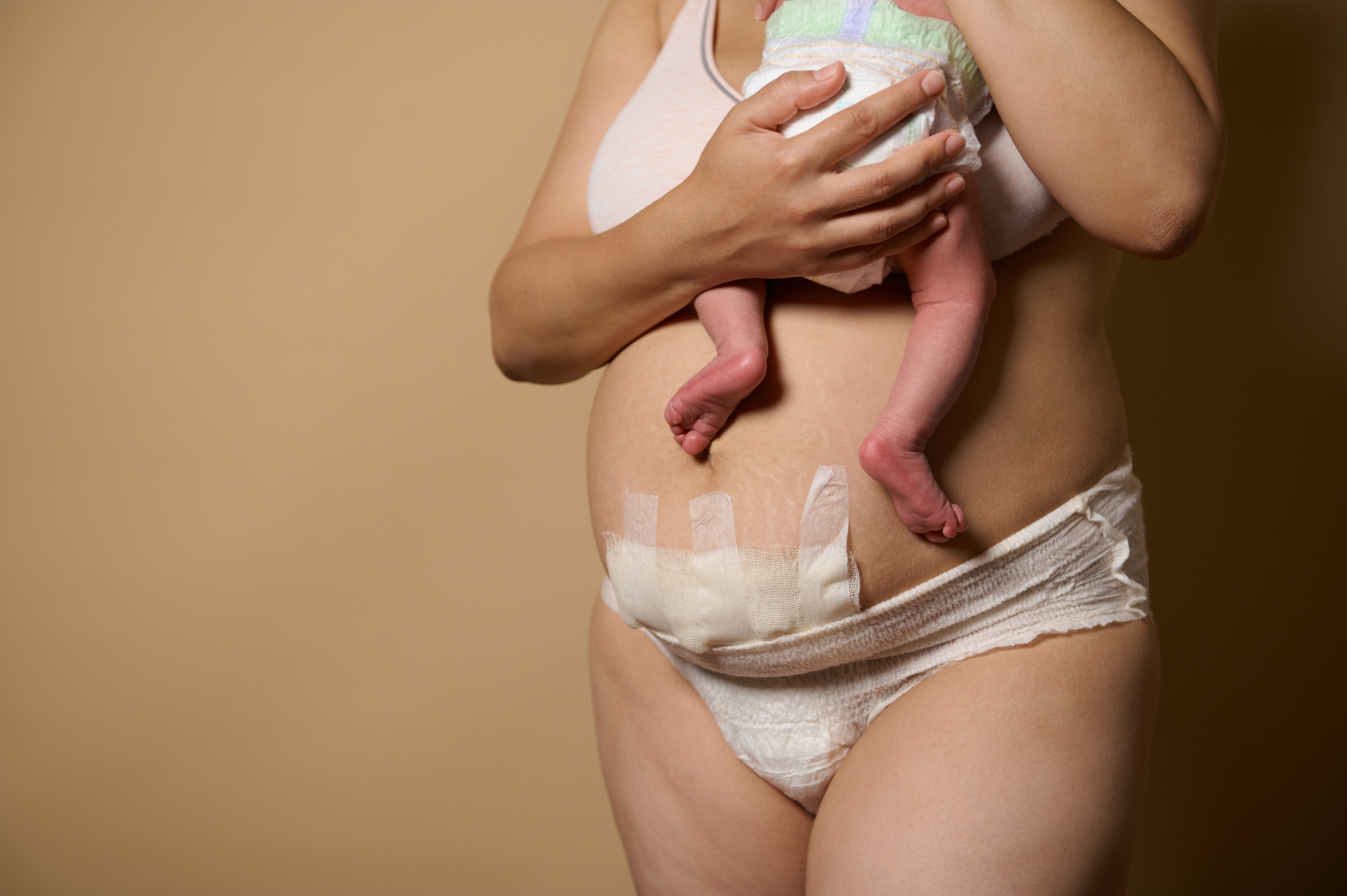
“One thing that many people don’t know about is that after the surgery, you don’t feel like you can stand up,” says Byrne. “The nurses make you stand, to promote blood circulation and avoid blood clots, and you feel like you can’t possibly do it. You’ve just had major surgery, and just unfurling your spine is intense.”
Breastfeeding May Be Delayed
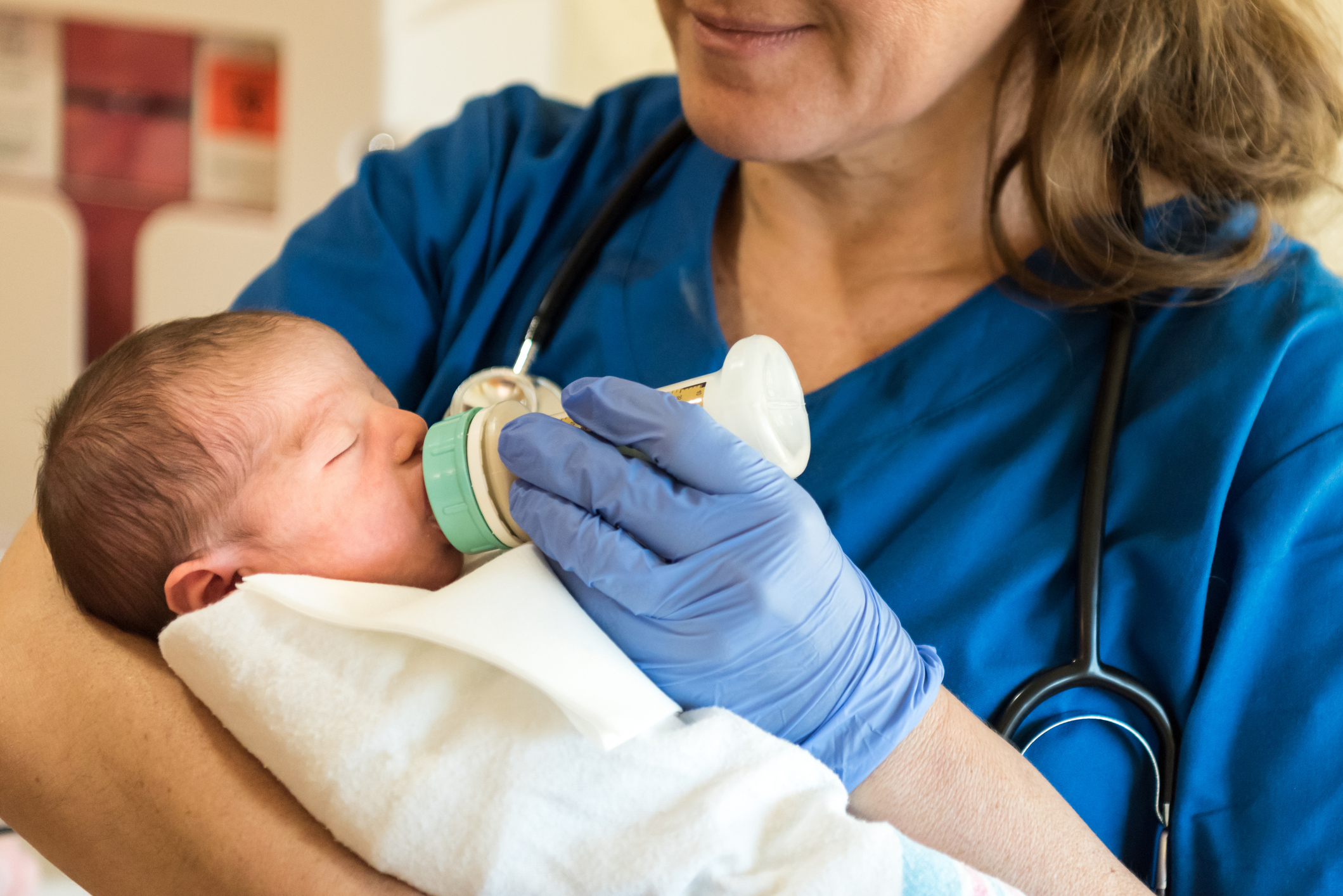
Depending upon your level of pain, post-op, you may be on some heavy narcotics for the first few days — things like Percocet or Dilaudid — that can be passed through breast milk to the baby. As Dr. Gaither says, “It’s wise to hold off on breastfeeding for about three days if you’re on a narcotic pain reliever, but soon you should be able to taper off and use Tylenol for the pain.” When you can begin to breastfeed, says Byrne, “it can be very helpful to make sure that you have enough pillows on and around you so the baby is not pressing on your incision at all.”
Exercise Before Delivery
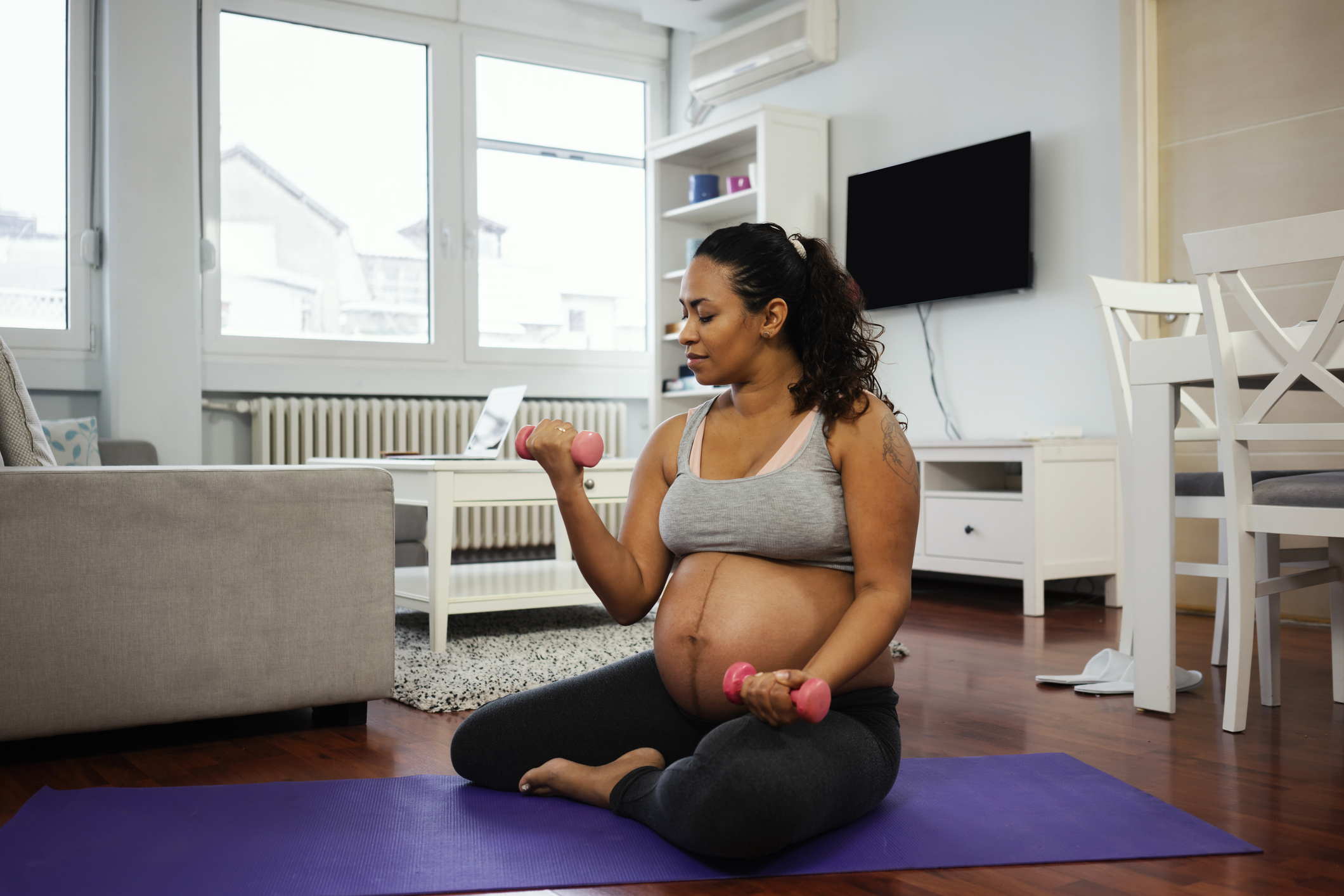
“Only 15% of pregnant women meet the recommended activity of walking 30 minutes every day on a level surface,” Byrne points out. “Lack of good physical condition can make a C-section recovery take much longer.” Many doctors tell you that you can’t exercise for six weeks after birth, and it’s true that you can’t do super-intense cardio and weights. Walking is crucial, though. It helps circulation immensely. Your lymphatic draining system is crucial and doesn’t have its own pump. It needs your body to be in motion to work.
Gas Pain Can Be Intense

Having major abdominal surgery plus narcotic pain relievers can often result in a sluggish digestive system. As Dr. Gaither points out, “Gas pains are no joke — on day two or so after the C-section, as your digestive system starts up again, gas will form and, when it presses up against your incision, it can be super painful. Gas-relief tablets are a must!”
Practice Constructive Rest
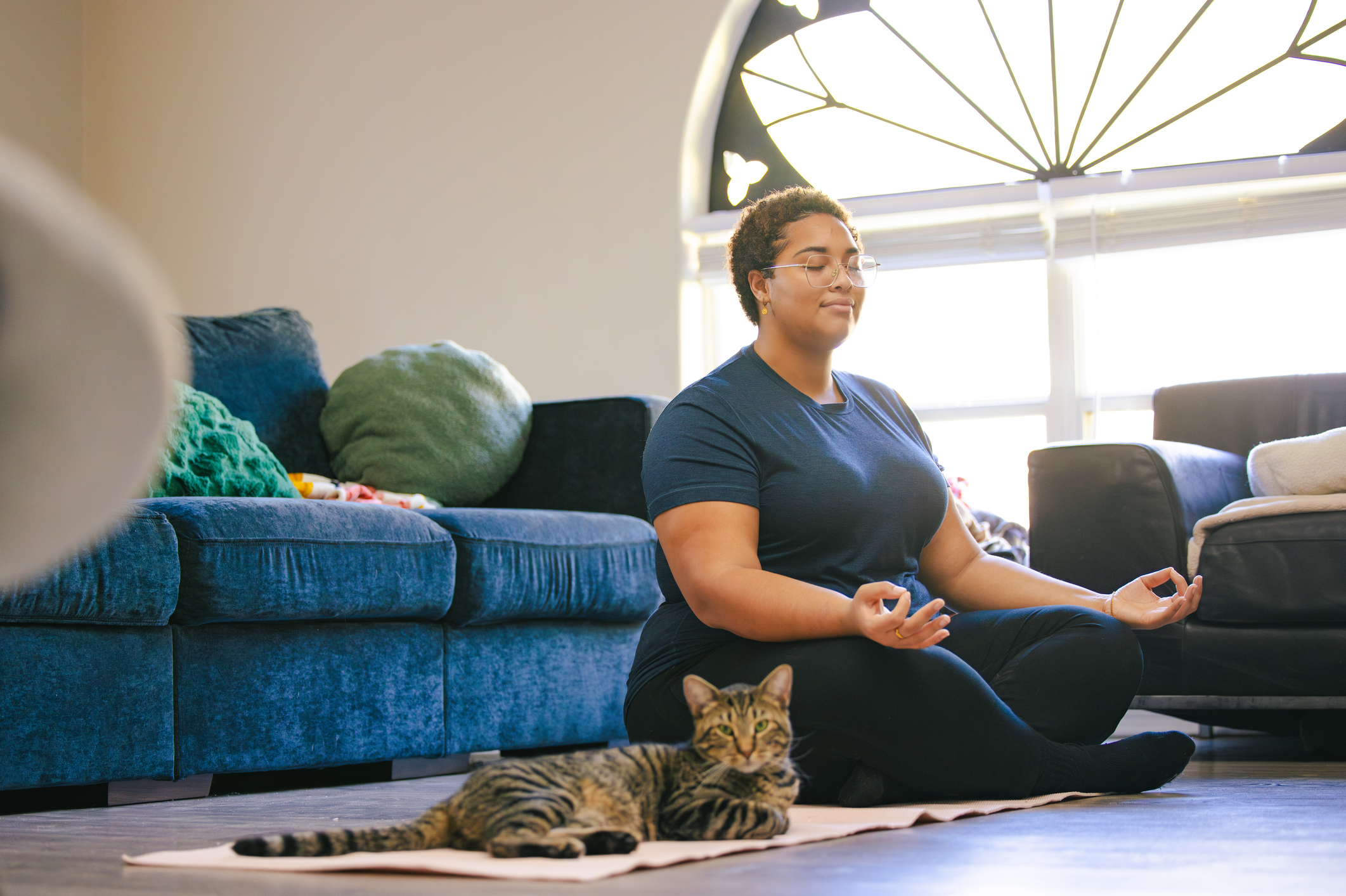
“Right after a C-section, and weeks after, it is crucial to perform something called ‘constructive rest,'” says Byrne. “You lie down on the floor on a yoga mat, put your legs up on an ottoman or couch, letting your knees rest at a 90-degree angle and arms stretched open wide.” This position helps with healing, says Byrne, “because it lessens all the mechanical stress in the body. It allows chronically tense muscles in the hips and lower back to release. Pregnancy causes our spines to have an altered alignment. Also, because the pelvic floor tilts when you’re pregnant, this position gently stretches the pelvic wall. Do it for 10 to 15 minutes a day while baby is nursing. It’s a great rehab step.”
Don't Forget Your Kegels

Many women don’t think they need to do Kegel exercises after a C-section, but, says Byrne, “a lot of C-sections are performed after a mother has been pushing for a very long time. So, your pelvic floor — especially if you carried low — will be stretched out. A good habit to get into is to perform your Kegels while you are nursing.”
Beware of Adhesions
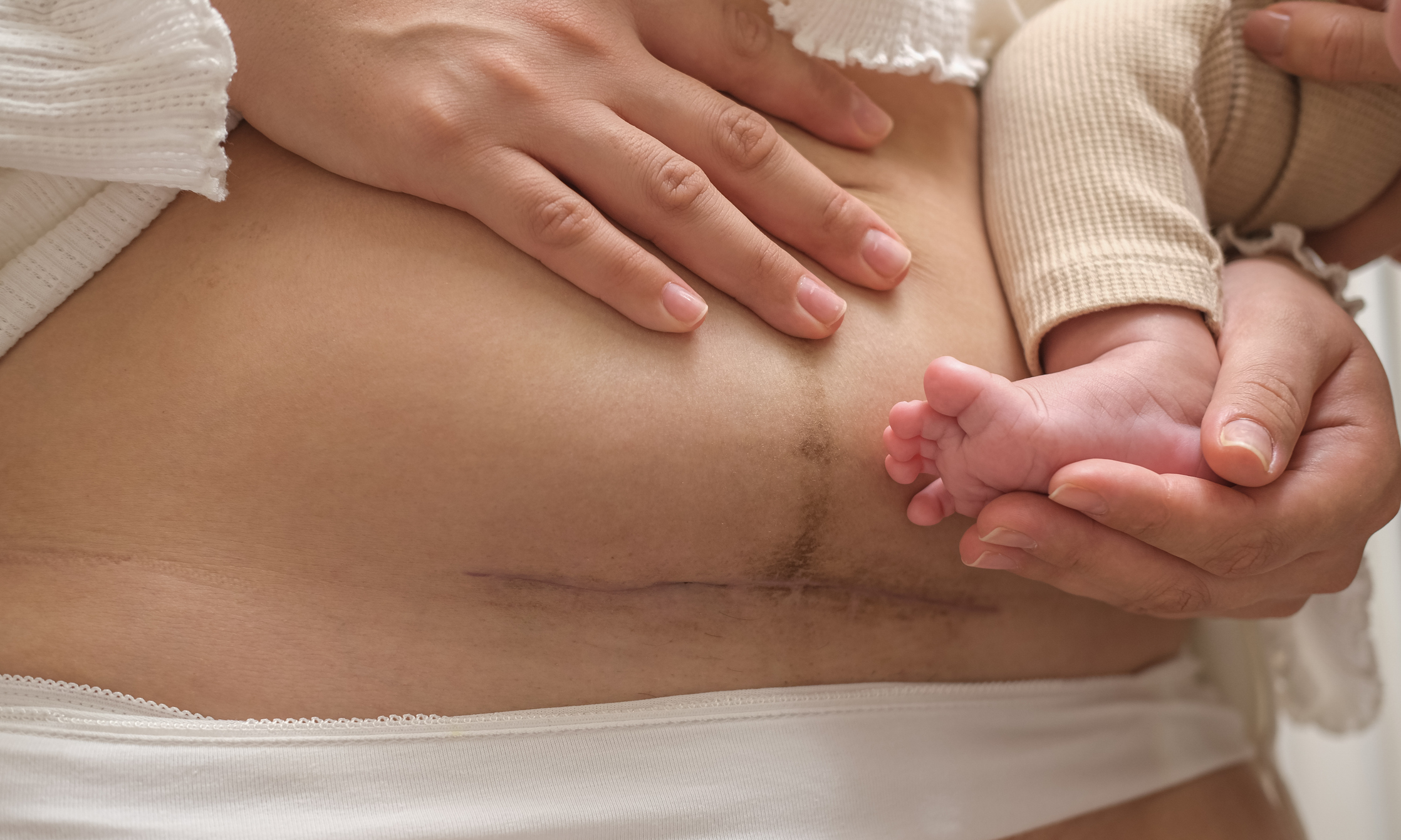
“What most people never tell you about is post-surgical adhesions, a type of scar tissue that forms after trauma,” says Byrne. “This tissue can form in your pelvic area, can go to your bladder, they can go around to your bowel. It can cause a bowel obstruction, or a sense of having to go to the bathroom: 93% of people who have abdominal surgery have adhesions.”
If you do suffer from adhesions, you can do some very effective things to counter them. “You should start with a superficial massage, and often you’ll find areas where adhesions have formed (the adhesions will feel hard and like a part of your belly does not move) and work on mobilizing the scars.” Says Byrne, “After a few weeks of doing light massage, go deeper. This is something that a woman can do herself or can get a physical therapist to do it — you can feel them melting away. If a woman has pain or bladder issues, you should go see a physical therapist. You don’t have to live with pain.”






